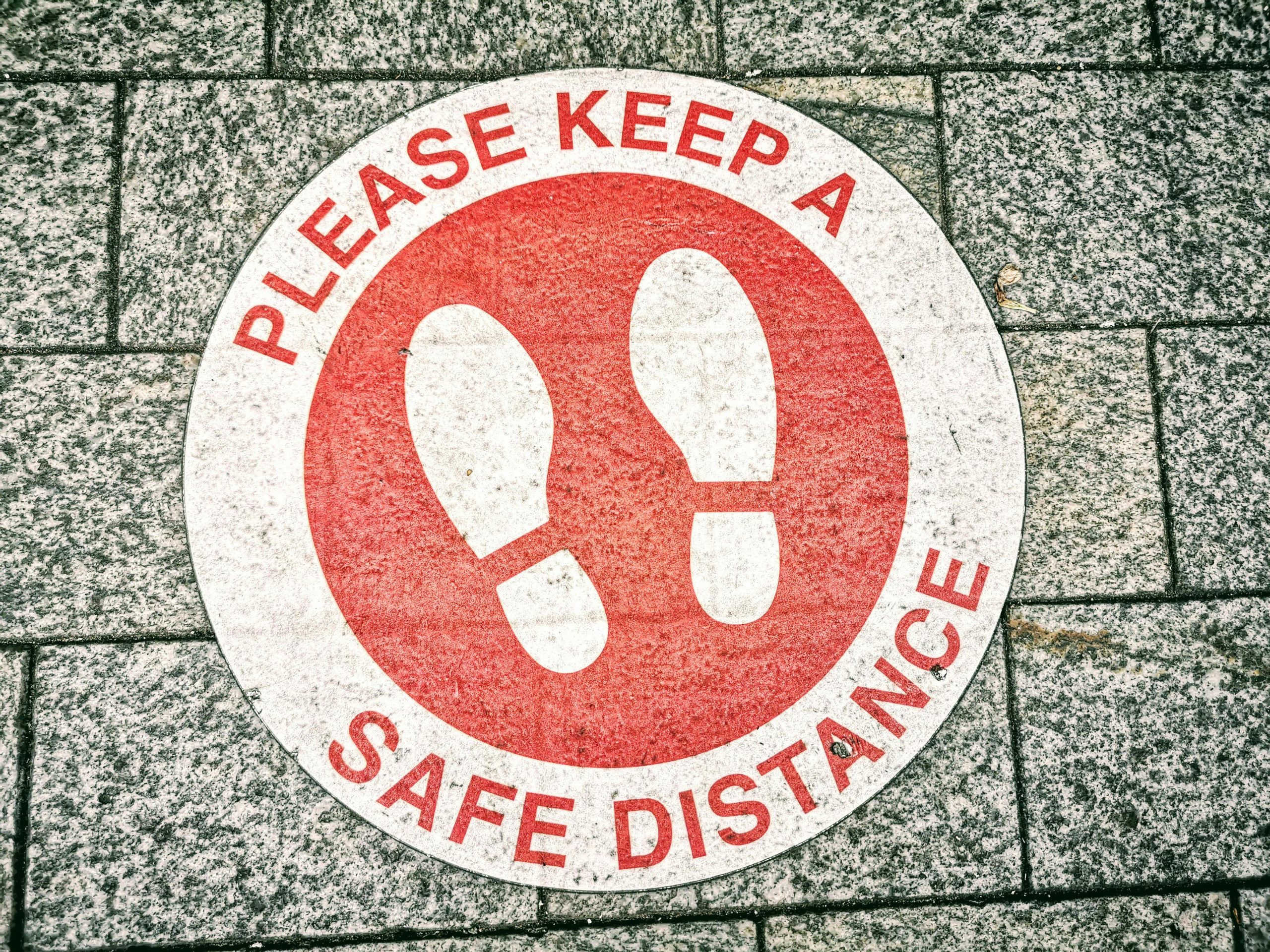Seeking Guidance on Data Recovery with ddrescue
Hello everyone,
I recently encountered a critical issue with my 8TB external hard drive, which began experiencing multiple crashes. In a bid to recover my valuable data, I decided to invest in a 12TB drive to facilitate the backup process. Unfortunately, my initial attempts were unsuccessful.
While exploring recovery options, I discovered ddrescue, a powerful data recovery tool. I booted into Ubuntu and successfully executed the command to create an .img file along with a .log file. However, I am now facing a challenge with the failing drive.
As the drive continues to crash, I noticed that the utility is displaying ‘n/a’ for the “time since last successful read.” This raises my concern about whether the drive might have become disconnected during the process. My primary goal is to avoid causing any further damage to the failing drive while attempting recovery.
I would greatly appreciate any advice or insights from those experienced with ddrescue. Does my current situation indicate that the tool is functioning correctly, or should I adjust my approach?
Thank you for your support as I navigate this recovery process!
Share this content:




Hi,
It sounds like you’re making good progress with ddrescue, especially since you’ve successfully created the image and log files. The “n/a” for the “time since last successful read” typically indicates that ddrescue hasn’t been able to perform successful reads from the failing drive yet, which is common in cases of severe hardware failure. This does not necessarily mean your drive has disconnected; it may simply be that data isn’t recoverable from certain sectors.
To minimize further stress on the failing drive, consider the following tips:
--no-scrapeoption initially to avoid unnecessary read attempts on dying sectors.--retry-passes=3(or more) option to give ddrescue additional chances to recover readable data from problematic areas.--max-retriesparameter if needed to limit the amount of retries on bad sectors, which can prevent unnecessary stress.Keep in mind that severe hardware issues might require more specialized data recovery services